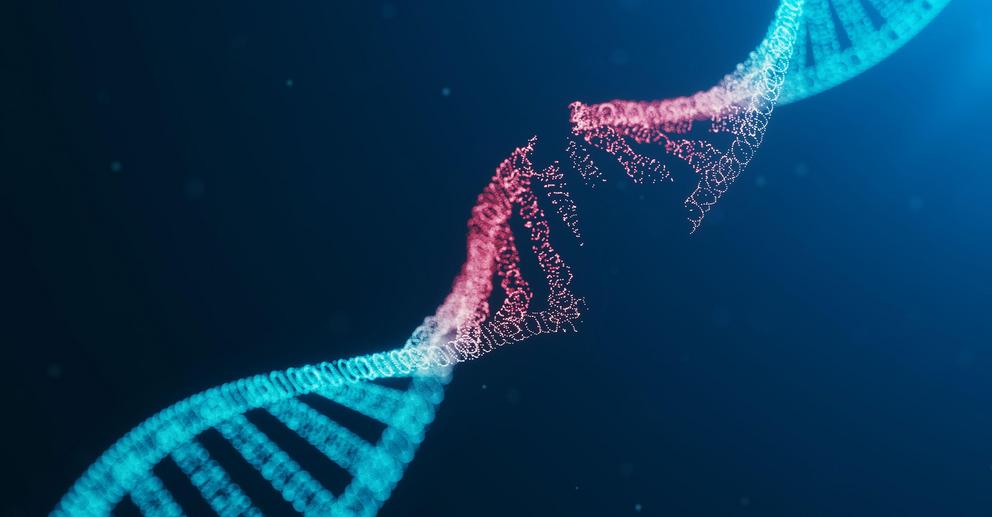To learn more quickly, brain cells break their DNA
New work shows that neurons and other brain cells use DNA double-strand breaks, often associated with cancer, neurodegeneration and aging, to quickly express genes related to learning and memory.
Faced with a threat, the brain has to act fast, its neurons making new connections to learn what might spell the difference between life and death. But in its response, the brain also raises the stakes: As an unsettling recent discovery shows, to express learning and memory genes more quickly, brain cells snap their DNA into pieces at many key points, and then rebuild their fractured genome later.
The finding doesn’t just provide insights into the nature of the brain’s plasticity. It also demonstrates that DNA breakage may be a routine and important part of normal cellular processes — which has implications for how scientists think about aging and disease, and how they approach genomic events they’ve typically written off as merely bad luck.
The discovery is all the more surprising because DNA double-strand breaks, in which both rails of the helical ladder get cut at the same position along the genome, are a particularly dangerous kind of genetic damage associated with cancer, neurodegeneration and aging. It’s more difficult for cells to repair double-strand breaks than other kinds of DNA damage because there isn’t an intact “template” left to guide the reattachment of the strands.
For the rest of this article please go to source link below.

